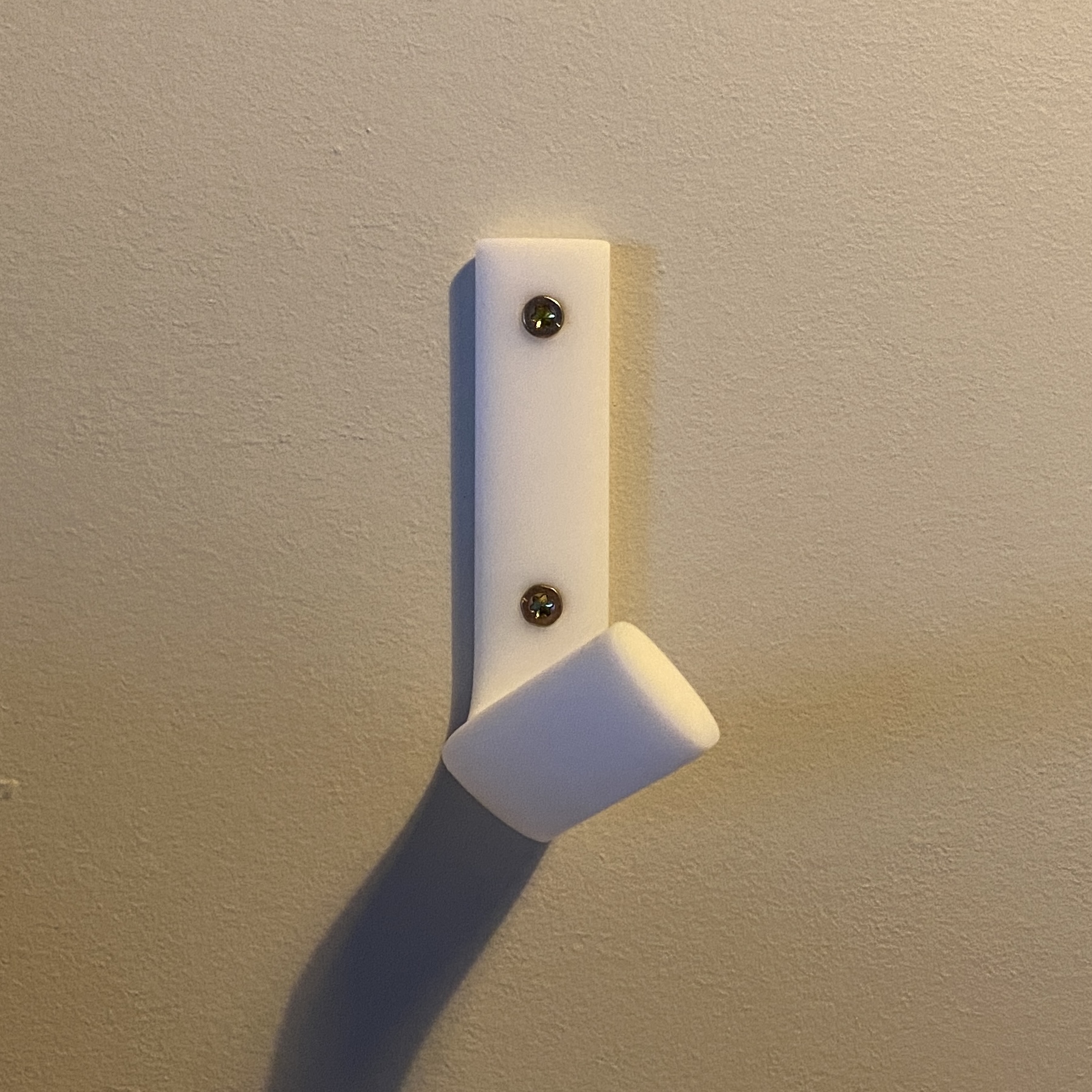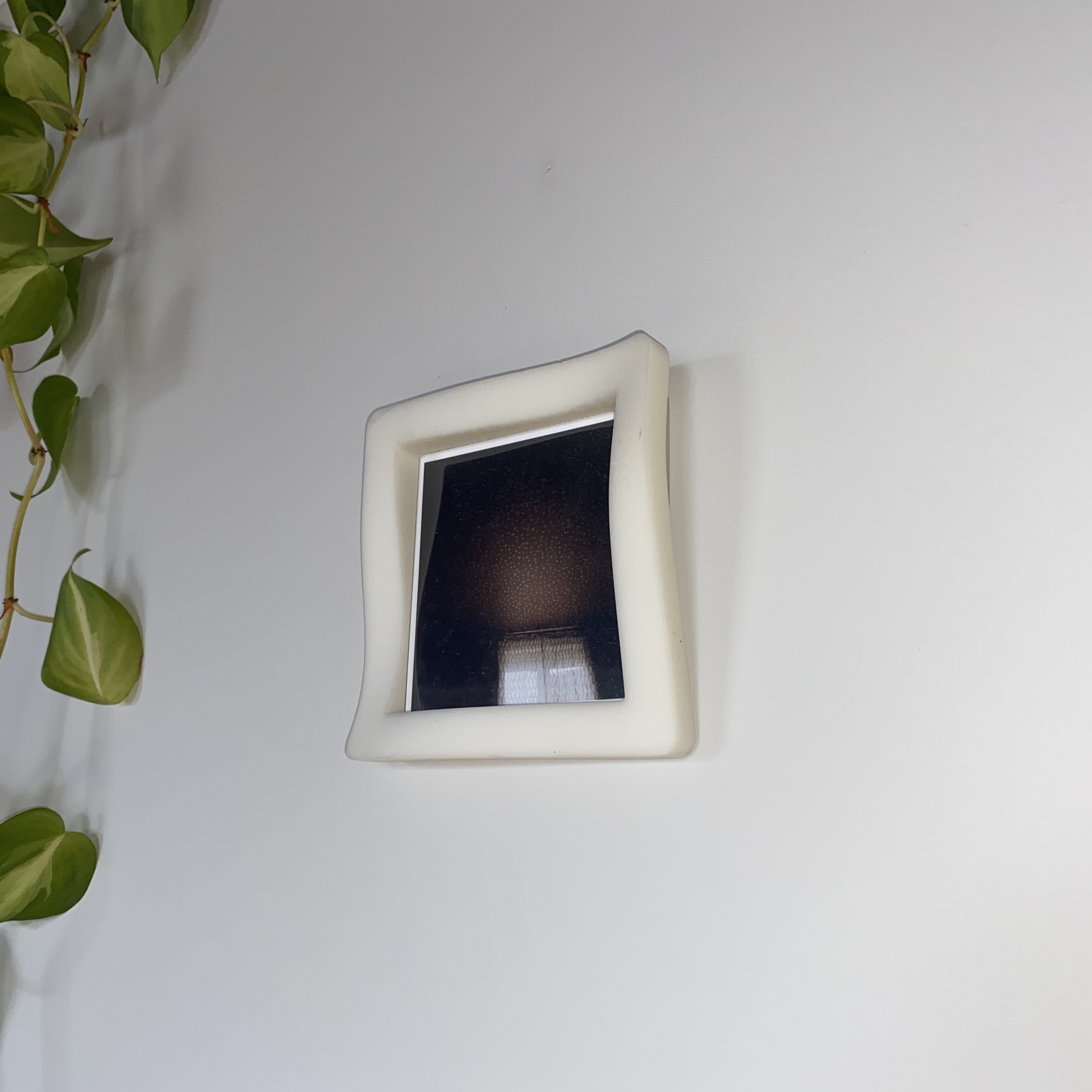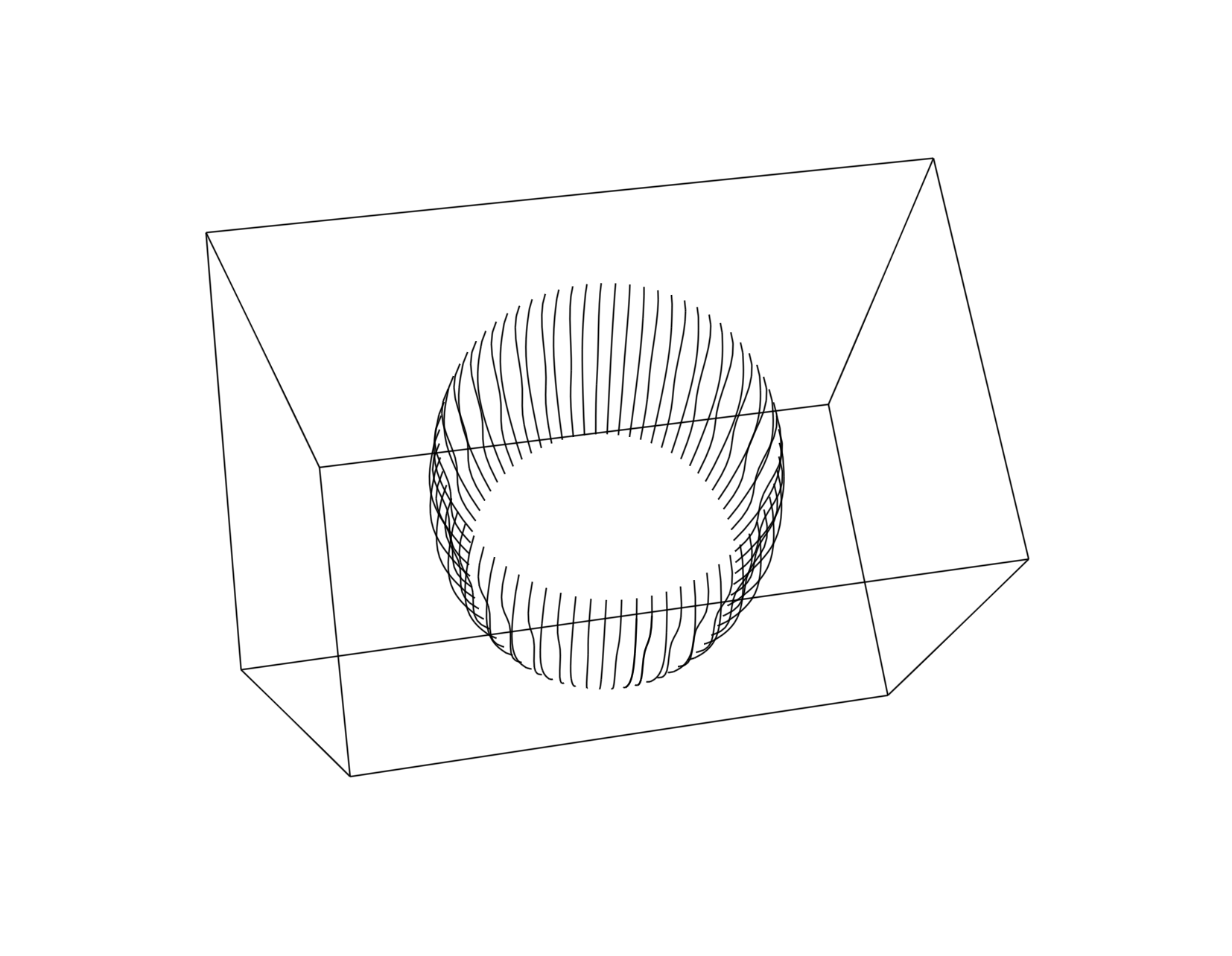I work to create enduring products that serve people.

Printed goods
2017-2020, personal3D-printed home goods
Inspired by the visual and tactile qualities of the Formlabs Rigid SLA resin, I explored a series of home goods to be directly printed as end-use products.
Home hook
A lightly curved pill-shaped extruded cross section is bent to form a multi-purpose hook for coats and accessories. The section is narrow enough to fit jacket loops and the bend allows for easy access to attachment fasteners. The design comes in mirrored pairs.
A lightly curved pill-shaped extruded cross section is bent to form a multi-purpose hook for coats and accessories. The section is narrow enough to fit jacket loops and the bend allows for easy access to attachment fasteners. The design comes in mirrored pairs.


Candle holder
Candle diameters can vary quite a bit and oftentimes suffer from poor fit and stability in traditional rigid candle holders. I set out to create a highly stable candle holder that can successfully accept a wider variety of candle sizes. I achieve this by creating three spring rods that grip the candle and continue to the table to serve as feet. The torus that connects these three rods serves as a floor for the candle and a surface to catch any dripping wax.
Candle diameters can vary quite a bit and oftentimes suffer from poor fit and stability in traditional rigid candle holders. I set out to create a highly stable candle holder that can successfully accept a wider variety of candle sizes. I achieve this by creating three spring rods that grip the candle and continue to the table to serve as feet. The torus that connects these three rods serves as a floor for the candle and a surface to catch any dripping wax.

Wave frame
A wavy 3D form frames 4”x4” photos. It accepts the photo and a plastic cover pane through a slot at the top edge and retains them on all sides. It also features an integrated hook for a mounting screw.
A wavy 3D form frames 4”x4” photos. It accepts the photo and a plastic cover pane through a slot at the top edge and retains them on all sides. It also features an integrated hook for a mounting screw.


Pen cup
This receptacle for pens and tools is a simple cylinder with a slightly tilted stance. Three large M8x30 screws are inserted into the bottom as counterweights to bring an unexpected stability to the product. The screws are then covered by a foam foot.
This receptacle for pens and tools is a simple cylinder with a slightly tilted stance. Three large M8x30 screws are inserted into the bottom as counterweights to bring an unexpected stability to the product. The screws are then covered by a foam foot.


Sketch stand
I created a simple support for a tablet to improve the ergonomics for sketching. The top surface is lightly curved to allow the tablet to sit at a range of angles without contacting a hard edge.
I created a simple support for a tablet to improve the ergonomics for sketching. The top surface is lightly curved to allow the tablet to sit at a range of angles without contacting a hard edge.

Ridge shade
I created a pendant lamp shade that is printed in a single part with no visible supports. The design draws heavy inspiration from George Nelson’s ‘bubble lamps’.
I created a pendant lamp shade that is printed in a single part with no visible supports. The design draws heavy inspiration from George Nelson’s ‘bubble lamps’.


Cable weight
I created a desk weight to keep cables in place. The form is borrowed from the cylindrical cable shape and scaled to gain the required mass. The internal relief cuts allow the bottom surfaces to act as a spring to accomodate different cable sizes.
I created a desk weight to keep cables in place. The form is borrowed from the cylindrical cable shape and scaled to gain the required mass. The internal relief cuts allow the bottom surfaces to act as a spring to accomodate different cable sizes.

